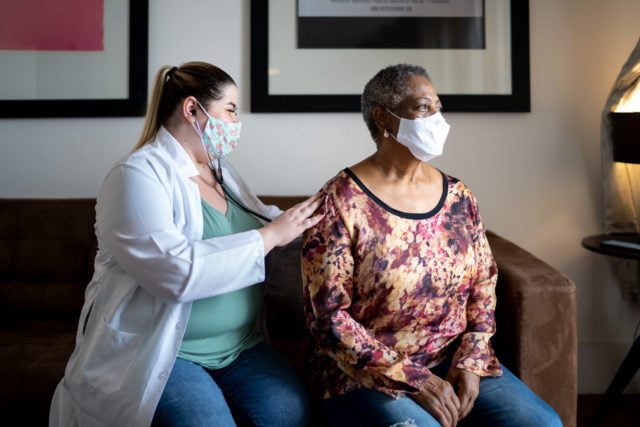
What Is the Long-Term Impact of Zebley on Adult and Child Outcomes?
Abstract
In 1990, the U.S. Supreme Court decision in the Sullivan v. Zebley case fundamentally changed, albeit temporarily, the criteria under which children qualified for the Supplemental Security Income (SSI) program based on disability. Instead of a system based on medical criteria alone, 1996 enactment of the Personal Responsibility and Work Opportunity Reconciliation Act (PRWORA) tied children’s eligibility for SSI, in part, to the effects of their medically determinable impairments on their ability to function day-to-day in age-appropriate activities at home, at school, and in their communities. This paper examines what happened to the Zebley cohort after the age of 18 relative to cohorts who received SSI payments under stricter criteria. This paper evaluates the long-term impact on educational attainment, earnings, SSI and Social Security Disability Insurance (SSDI) participation, and other markers of adult development for the Zebley cohort. We find that, overall, SSI receipt in childhood is associated more positive outcomes than negative ones. The Zebley cohort has a longer attachment to the labor force and a lower likelihood of welfare receipt in adulthood, but also a higher likelihood of lacking health insurance coverage. In addition, those with health conditions most likely to be affected by the new evaluation criteria appear to substitute welfare benefits for disability benefits These results are consistent with the hypothesis that SSI receipt at the margin improves adult outcomes.







